
Italy is one of the great tourist destinations in Europe. History, culture, landscapes ... One can wander for many days through its geography without ceasing to marvel and, one day, it will come to Bologna, in the north.
Near the Apennines it is one of the best preserved ancient cities in the country and if you like medieval things, it is a real treasure. Let's see what there is today what to see in Bologna.
Bologna
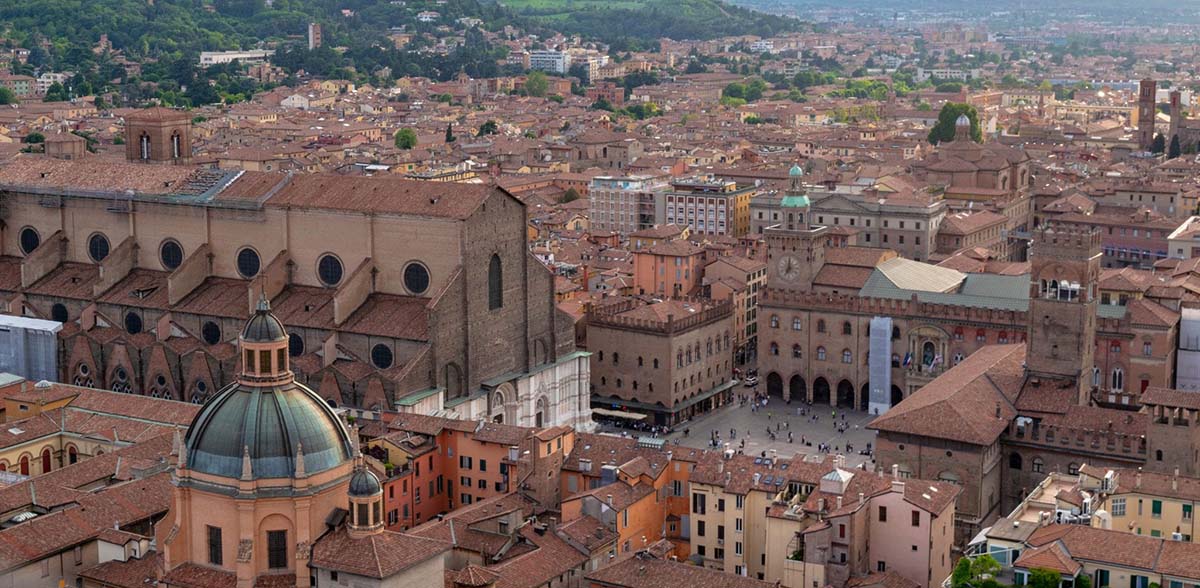
Bologna, Bologna, is north of Italy and is the capital of the Emilia - Romagna region. Were the etruscans who founded it, to later become Roman colony and from these times it acquires its name.
Later it would be dominated by the Popes and even Napoleon's troops would walk through its streets at the end of the XNUMXth century. It was an important cultural, political and commercial center. Here is the university, famous because it was founded in 1088, maybe the oldest university in the western world, and that is why it is also known as Bologna the Learned.
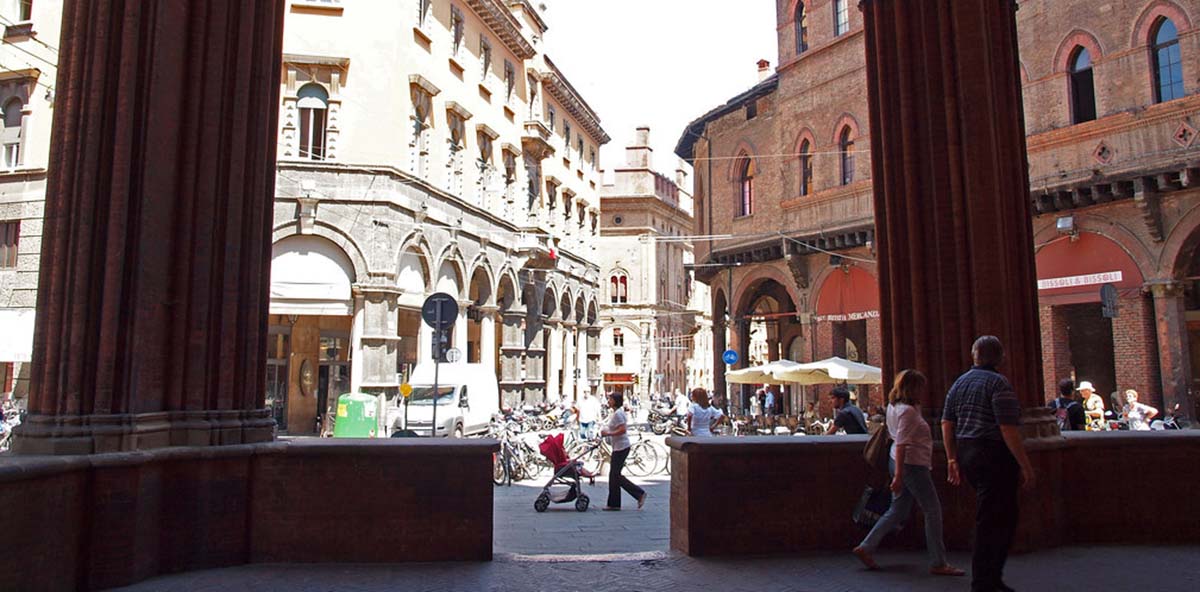
Many people live in Bologna. The city rests in a valley between the Savena and Reno rivers and that's why it has some channels. Perhaps it does not attract as many tourists as Venice, or as the Italian capital itself, but without a doubt you should visit it. And it is only an hour and a half from Florence, two from Rome or 40 minutes from Florence, always by train.
What do we have to visit? Well, the thing to keep in mind is that Italy is also about eating and drinking, not just walking around and visiting museums. So one morning in Bologna we must have breakfast in the main square, the Pizza Maggiore, to see the coming and going of the city and its people. From then on I advise exploring the streets on foot as the medieval center is great and quite compact.
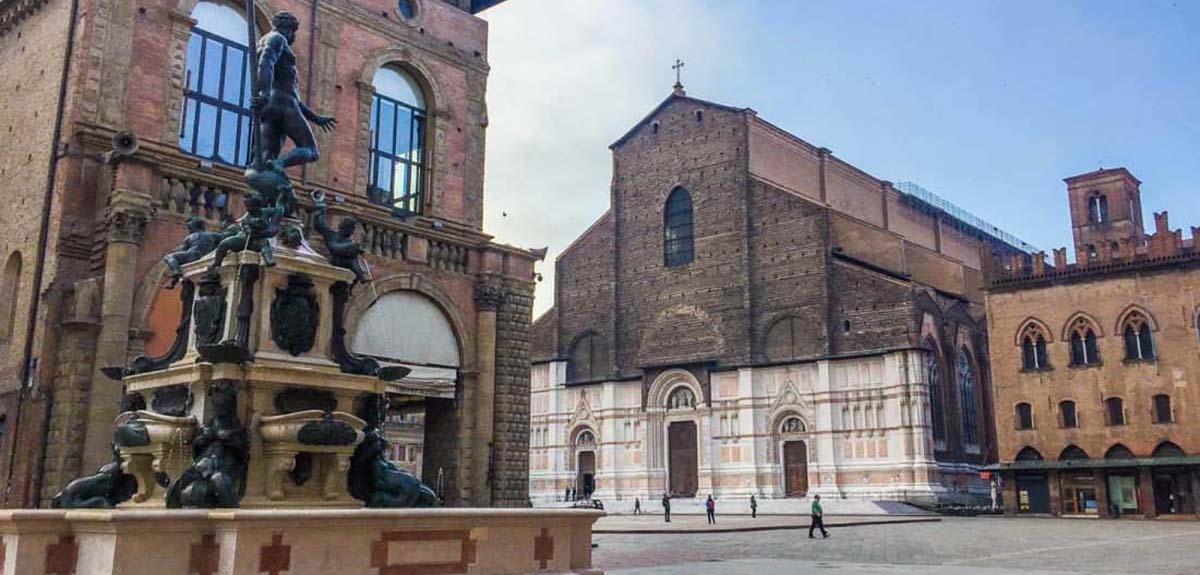
La Piazza Maggiore is in the heart of Bologna and has important buildings such as the Palazzo del Podesta, the Basilica of San Petronio, the Palazzo Comunulae or the Palazzo d'Accursio. To the north of the square there is another, the Neptune Square, with a very popular font dedicated precisely to Neptune.
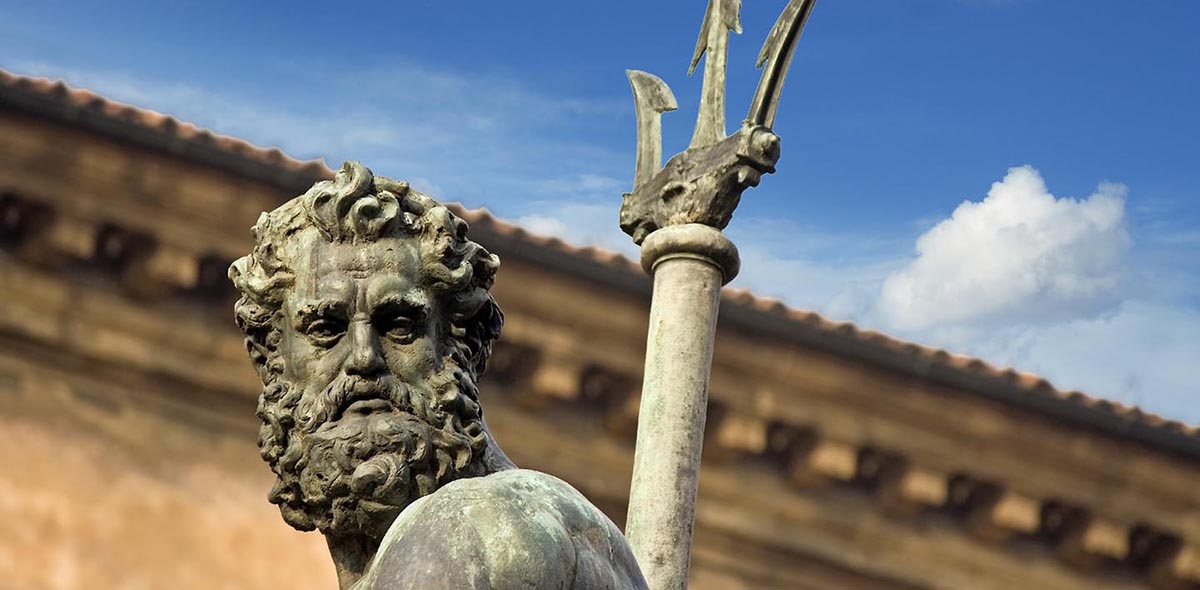
In Piazza Maggiore you must visit the Basilica of San Petronio, dedicated to the patron of the city. It is quite impressive on the outside, even though it is somewhat incomplete. It was once the XNUMXth largest church in the world, by volume, and has a commanding appearance. Have a Gothic style It was originally built in 1338, although it was only finished, not entirely, in 1479.
The two Towers, in the Piazza di Porta Ravegnana, is another focal site. To Asinelli Tower, almost 100 meters high, it can be climbed for less than 3 euros and from above the views are great. Students avoid going up until graduation because the legend says that the student who climbs it will never receive it ... The other tower is the Garisenda, 48 meters and coins and that is very inclined.
In the Santo Stefano square there are fancy cafes, great to rest your feet a bit. here is the Basilica Santuario Santo Stefano, with seven churches from different eras built on the ruins of an old temple dedicated to Isis. On the other hand, another of the most impressive buildings in the city is the Archiginnasium, inside the University of Bologna, which hides a beautiful Anatomical Theater.
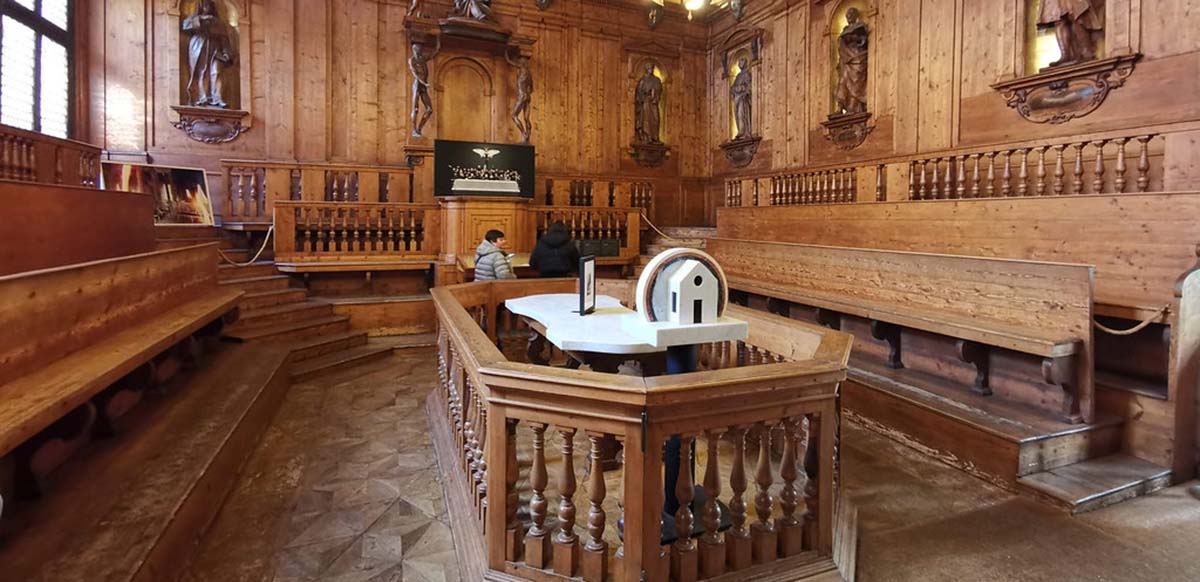
This room is made of wood, it is small and has many statues of famous doctors. And in the center, all surrounded by seats, is the anatomical table where the students learned about the human body. The building is XNUMXth century and it's in Piazza Galvani.
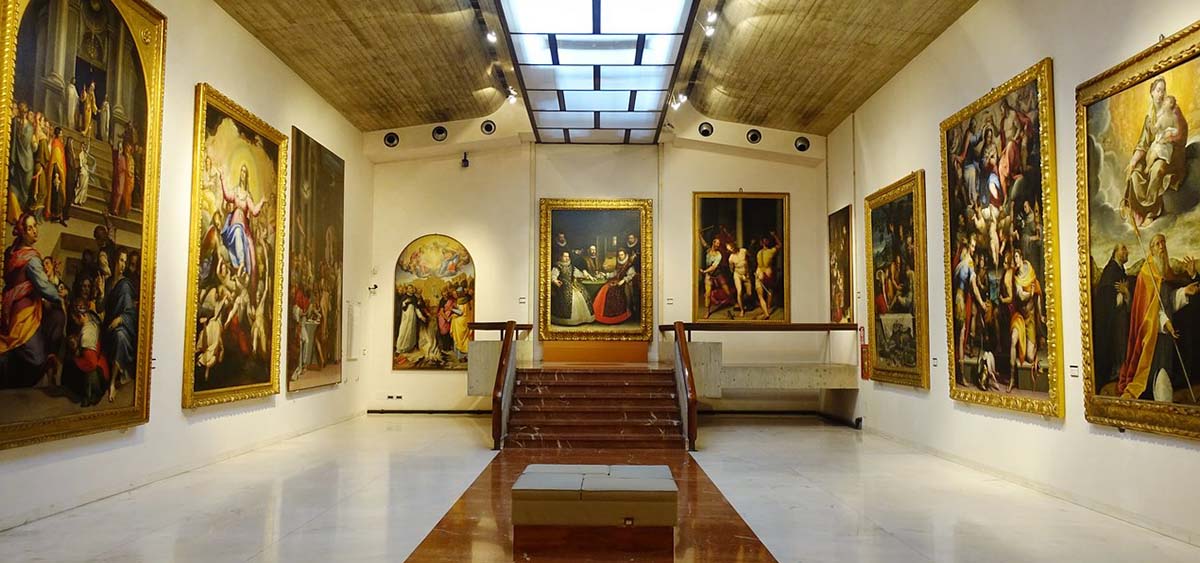
Then if you like museums there are many to choose from. We can name the Pinacoteca Nacional, the Museum of Modern Art, the Civic Archaeological Museum, the Medieval Museum and the Renaissance Museum, among many others. The Archaeological Museum of Bologna is very interesting. It is in Piazza Maggiore and has nine sections that go through prehistory, the Etruscan period, the Celtic, the Greek, the Roman and it also has an Egyptian and numismatic section.

There is also the National Gallery of Bologna, with almost all of its works linked to the region. There are works from the XNUMXth to the XNUMXth century. It works within the complex of the old university and has two sections: the Clementine Academy and the Gallery of the Academy of Fine Arts. There are works by Raphael and Titian. In addition to these sites, we must remember that there are also many historic palaces and villas.
A picturesque site is the Piazzola and its historic market. It is built in the Piazza dell Agosto, north of the city, and has 400 posts where you can buy practically everything from shoes and fashion accessories to flowers and jewelry.
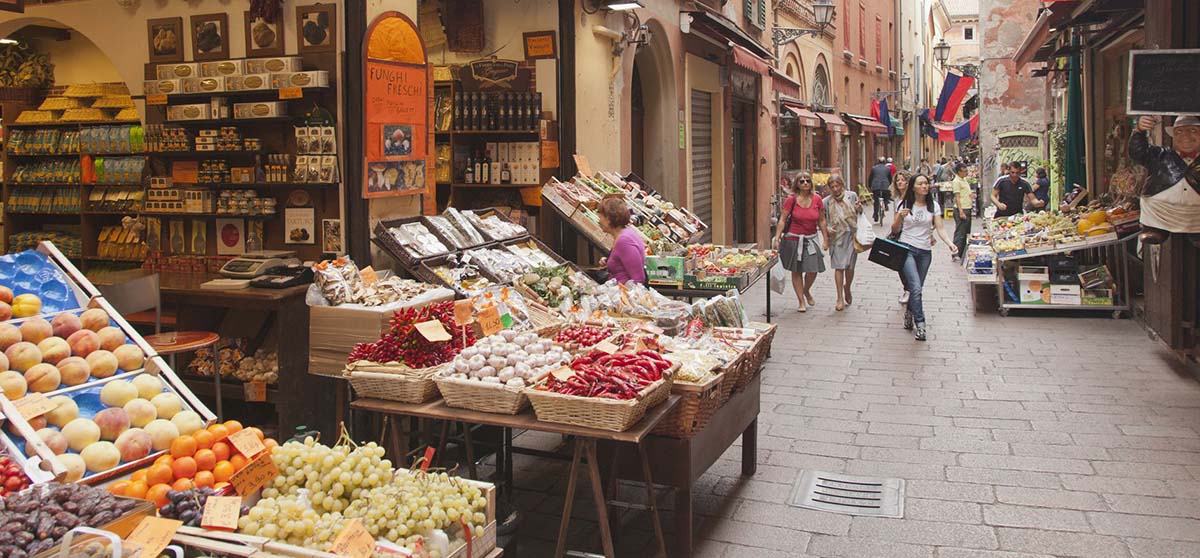
You like to walk? Then I propose to you climb to the top of the Monte della Guardia. It is a wooded hill about 300 meters high, southwest of Bologna and near the Reno River. The walk is pleasant to follow as it involves walking a whole porch and then starting to climb the hill. From above, the views are wonderful and there is even a sanctuary, that of the Madonna de San Luca, up there, waiting for you.
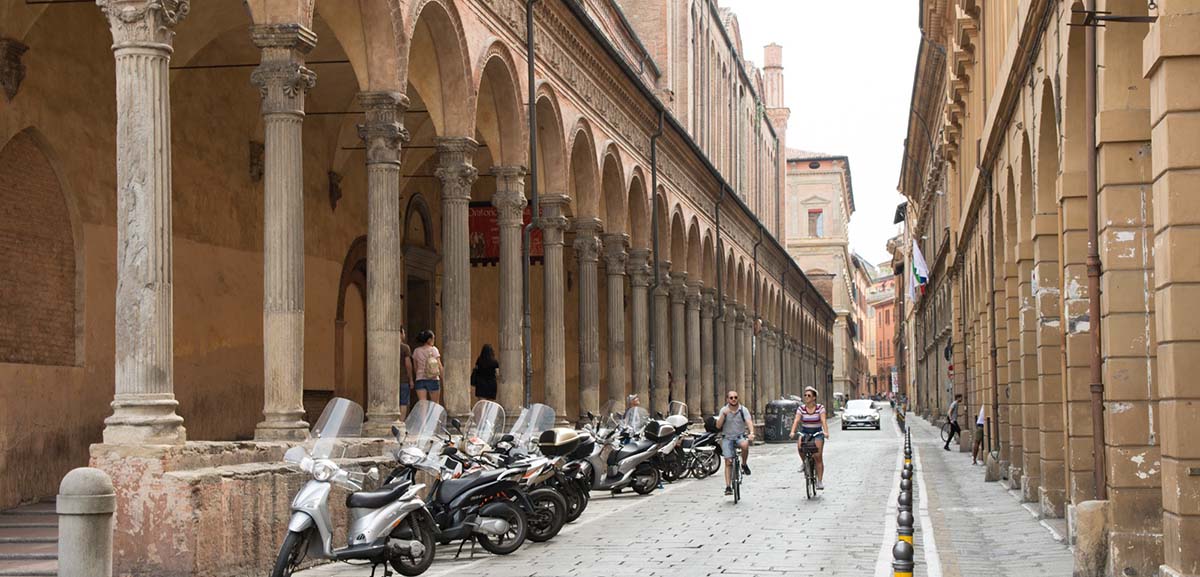
Porches? These are arches that are in the streets of Bologna, sidewalks, covered sidewalks, which protect people from rain and sun and which were and are still used by merchants to build their stalls. There is easily a total of 3.8 kilometers from porches, to the southwest of the city, and although there are many everywhere, this is the most famous, the one that precisely takes you to the hill that I named before and to the panoramic views. The porticoes are numbered and the final portico is 666.
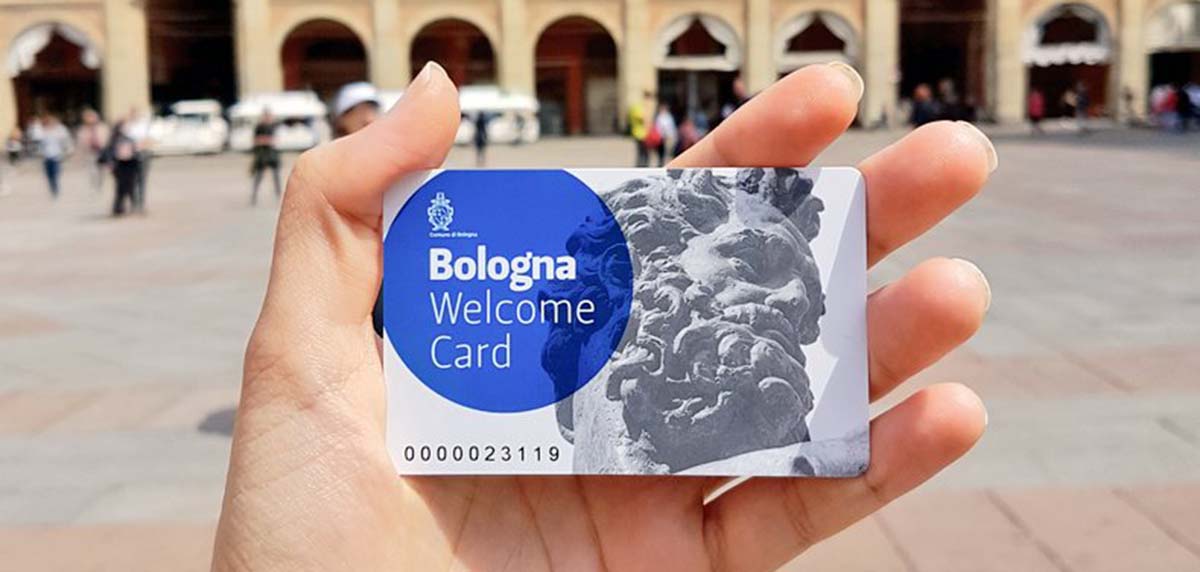
Finally, the city has a tourist card, the Bologna Welcome Card, in two versions: EASY and PLUS. The first costs 53 euros and the second, 78 euros. In short, it is worth visiting Bologna even if you do not hear it name much among those who travel to Italy for tourism.
It is medieval, it is elegant, it is beautiful, it has multiple museums, markets and restaurants, it has panoramic views, it has churches, it has squares and small squares… and not as many people as some of its neighbors.